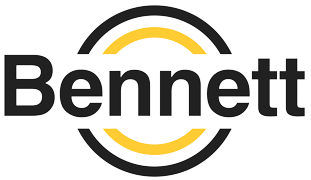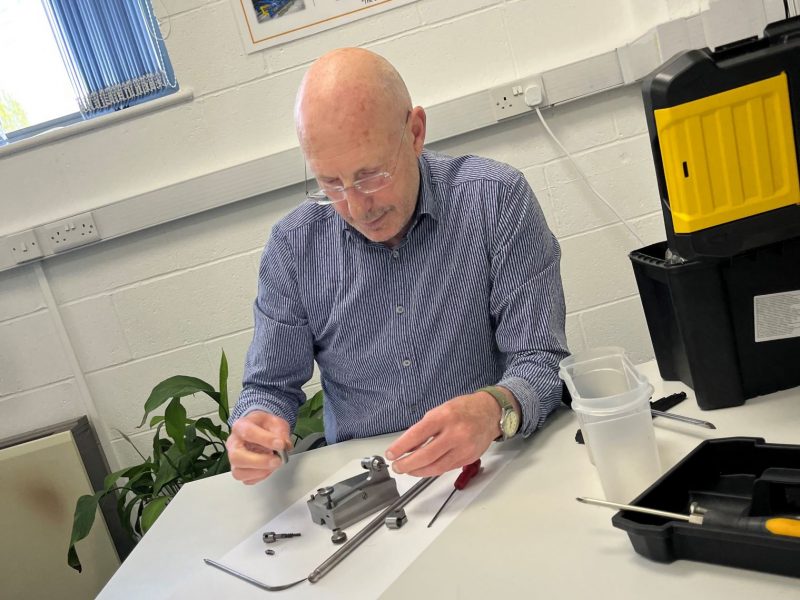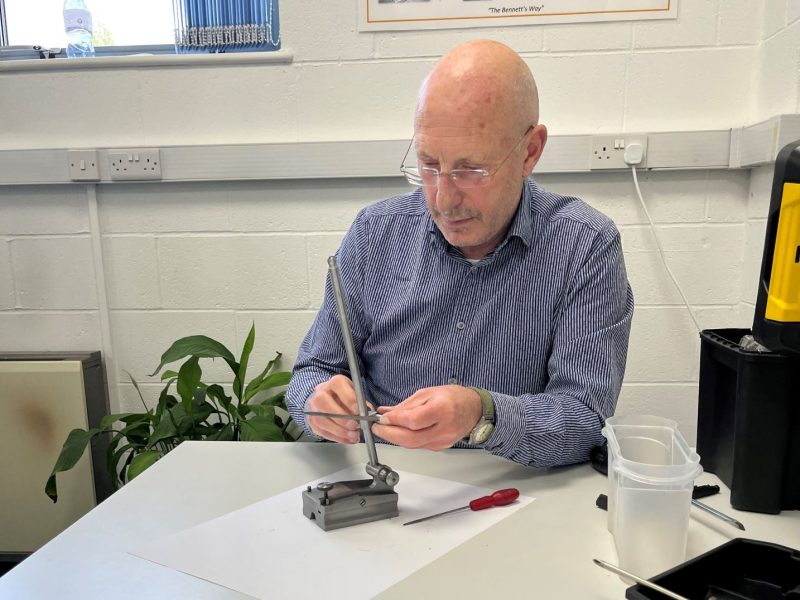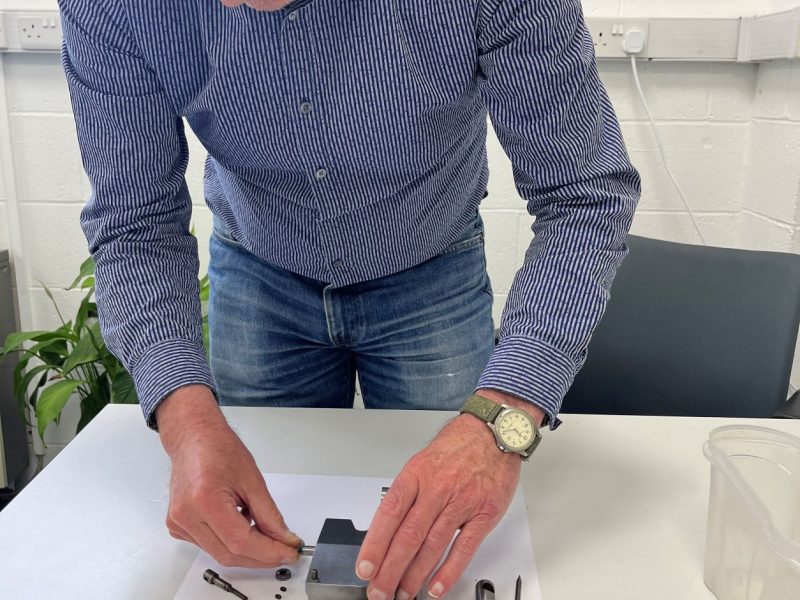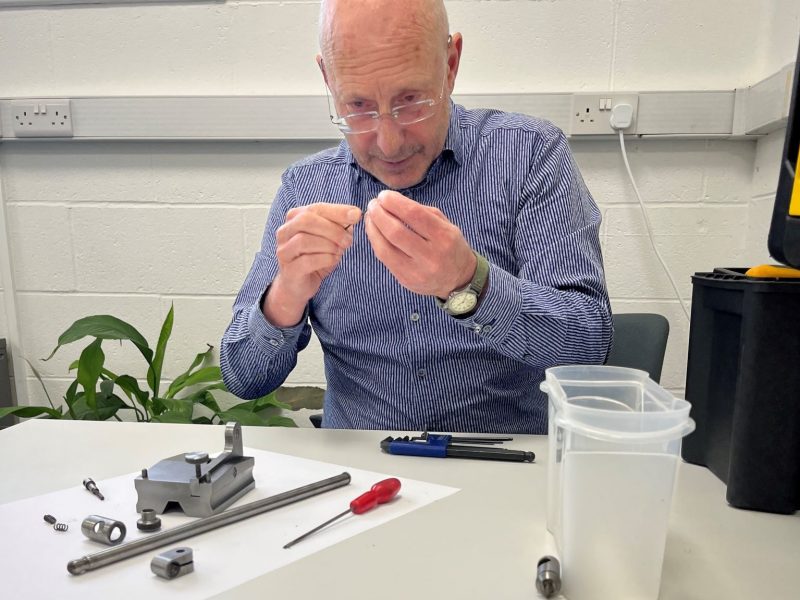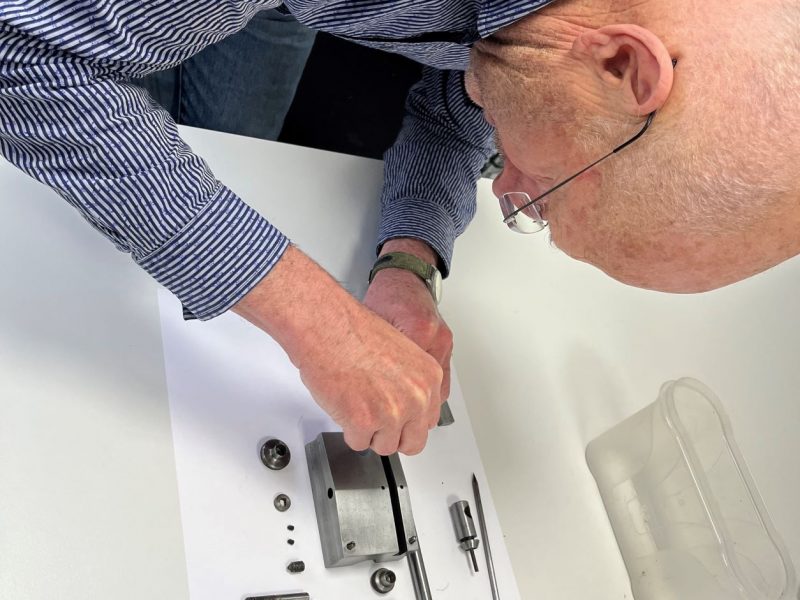A piece of pride
Have you made something that you’re hugely proud of?
Let us tell you a story (it is May which is storytelling month after all).
Seleena bought her son’s plumb line in to show the team what he’d made in his machining module in his Toyota apprenticeship. John was exceptionally impressed with the knurling that he’d achieved. Which got him to thinking.
About a piece he’d made in his apprenticeship.
A scribing block. A piece he’d been very proud of for very good reason because his mentor was extremely pleased with the results he’d achieved.
The issue was it was buried somewhere deep in his shed. So John went rummaging and located his masterpiece. Before he could show and tell his piece it needed some urgent TLC.
Then John set about cleaning up the metal, testing the screw heads. Undoing everything and putting it back together. And voila. His scribing block looked as good as the day he made it (and that’s a long long time ago).
Finally he bought it into the office to show the team.
It arrived in pieces to demonstrate the small intricate parts that made up his scribing block. The small pins that enable the block to be adjusted and limit movement when in use. The finial on top of the strut, decorative but an important thing to get right. And that curve on the scribe. That was the part that got the most positive feedback because getting a curve and point like that in metal by hand is no easy task. And John had to give it some thought, testing and learning, before reaching that level of perfection.
These hand skills are often forgotten about today as we work with huge machinery, robotics, lathes and milling machines. So John loved to see a 17 year old whose knurling was as perfect as his was on his scribing block.
Now the block takes pride of place in our office. Because it’s all part of the engineering journey John has been on over the last 40+ years.
And for those of you who are intrigued as to what a scribing block is well Wikipedia tells you lots but in short it’s a tool to mark out, by hand, to get a thin line marked on your metal before machining it (or cutting it). It’s better than using anything else if you’re looking to get an accurate cut (well chalk and pencil lines for example which can easily be rubbed off as you work). Because of how they are operated they are also known as surface height gauges or surface gauge. Tool rooms the country over will have some form of scribe in use and the one John made by hand is still fully operational today post clean up and putting back together.
